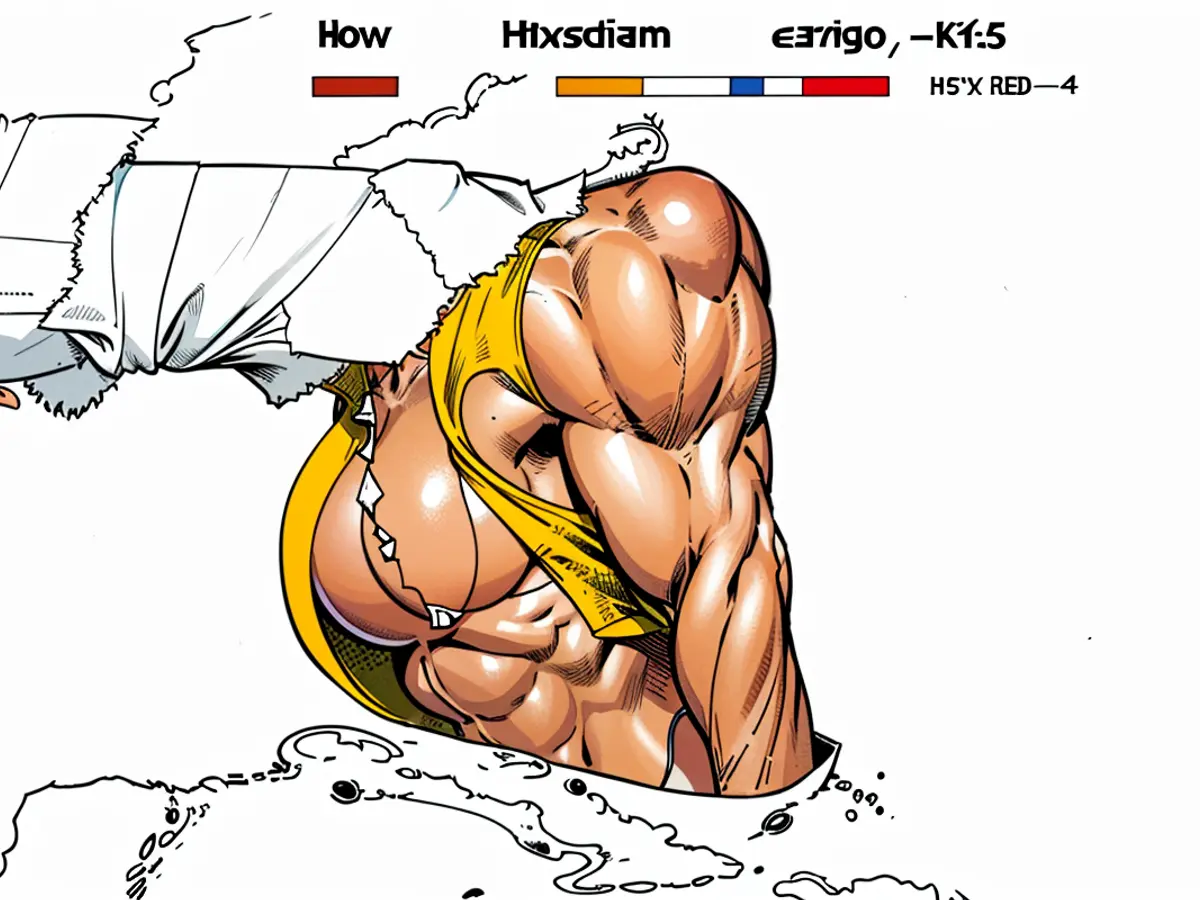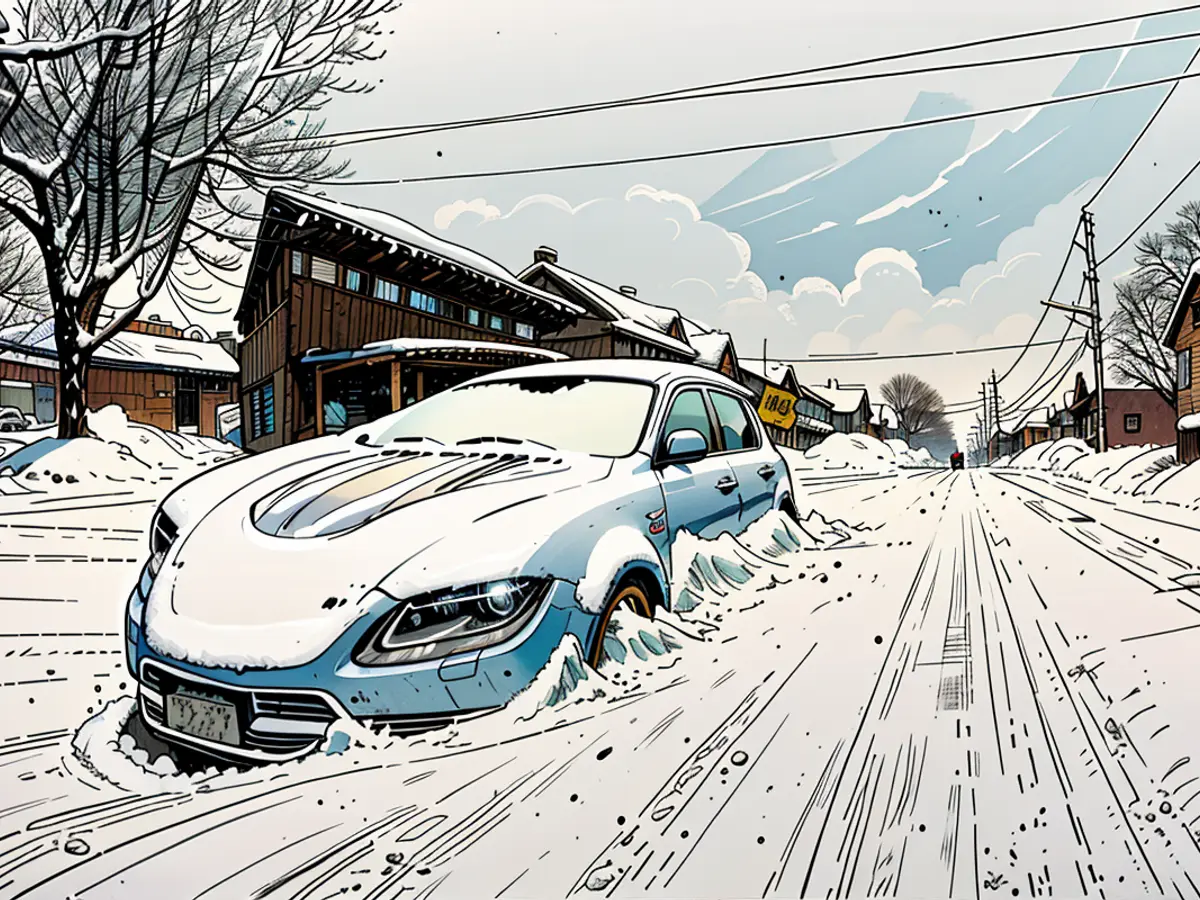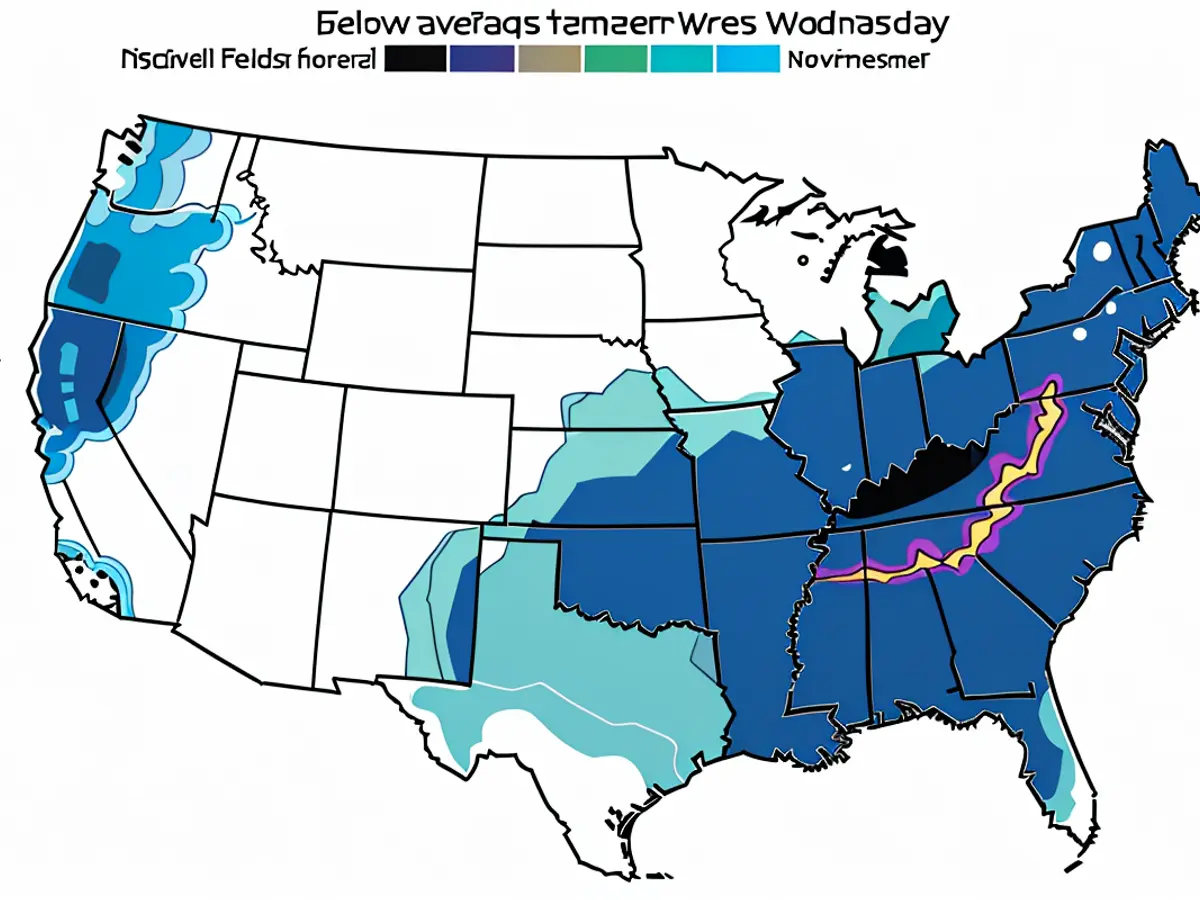A potential tropical threat is taking shape near the Caribbean as hurricane season reignites
It’s been more than three weeks since deadly Beryl made its final landfall in Texas. Dry, dusty air has helped keep the Atlantic hurricane-free ever since.
But a disorganized area of showers and thunderstorms in the eastern Caribbean is expected to encounter favorable atmospheric conditions by this weekend and develop into a tropical depression or tropical storm.
The next tropical storm that forms will be given the name Debby.
The system will track along the northern Caribbean through Friday before emerging near the Bahamas or Florida early this weekend.
A tropical wave -- an area of showers and thunderstorms -- pushes into the Caribbean Wednesday morning.
It’s exact track through the Caribbean will determine when a tropical system could form. It will likely struggle to organize enough to be considered a tropical depression or storm if it interacts with the disruptive mountainous areas of Puerto Rico, Hispaniola and eastern Cuba.
The tropical wave could organize sooner if it skims just north of the islands and dodges the terrain.
Ocean temperatures in the Atlantic, Caribbean Sea and Gulf are abnormally warm and could strengthen the system, no matter when and where it forms.
It’s still unclear what path the system will take. A strong area of high pressure over the Atlantic Ocean could steer the cyclone anywhere from the eastern Gulf of Mexico to the southeast US coast over the weekend, but its early strength or lack thereof will play a factor in which way it will go.
The faster organization occurs, the more likely the cyclone will curve northward sooner and take a track that places the Bahamas and southeast US in its path. A more disorganized system could travel much farther west and approach the Gulf before curving north.
An ocean primed for storms
August typically marks the beginning of the most active part of hurricane season because ocean waters are very warm, and disruptive upper-level winds and dry, dusty air fade.
But ocean temperatures across the Atlantic have been anything but typical this season, and have already proved their mettle.
Beryl was able to become the earliest Category 5 hurricane on record in early July partly because waters in the Caribbean were as warm as they normally would be at the peak of hurricane season. Now, parts of the Caribbean and Atlantic are as warm or warmer than they typically are in early October when ocean heat maxes out.
Warm oceans are a major consequence of a world warming due to fossil fuel pollution and provide the fuel for tropical systems to explode in strength at a breakneck pace.
Off-the-charts ocean heat is one reason a chorus of forecasters are calling for a hyperactive hurricane season. A building La Niña and its subsequent lack of disruptive upper level winds, known as wind shear, over the Atlantic are the others.
The season started off close to average when Tropical Storm Alberto formed in mid-June – the typical timing for the first named storm of the season. But any semblance of normalcy quickly dissipated once Beryl roared to life at the end of the month.
The season’s first hurricane normally forms around August 11 and the first Category 3 or stronger hurricane occurs around September 1, according to the NHC. Beryl obliterated both timeframes.
In addition to Alberto and Beryl, the basin also churned out short-lived Tropical Storm Chris.
The weather forecast predicts that the disorganized area of showers and thunderstorms in the eastern Caribbean might develop into a tropical depression or tropical storm by this weekend. The warm oceans across the Atlantic, a result of global warming and fossil fuel pollution, are providing the fuel for tropical systems to gain strength rapidly.








